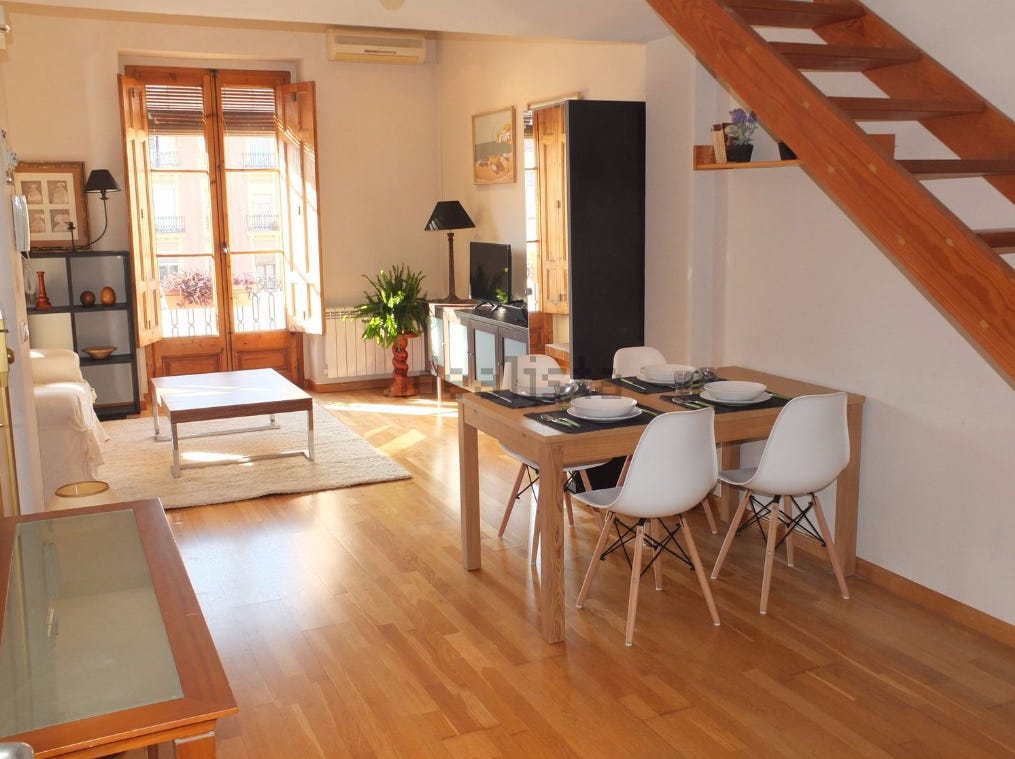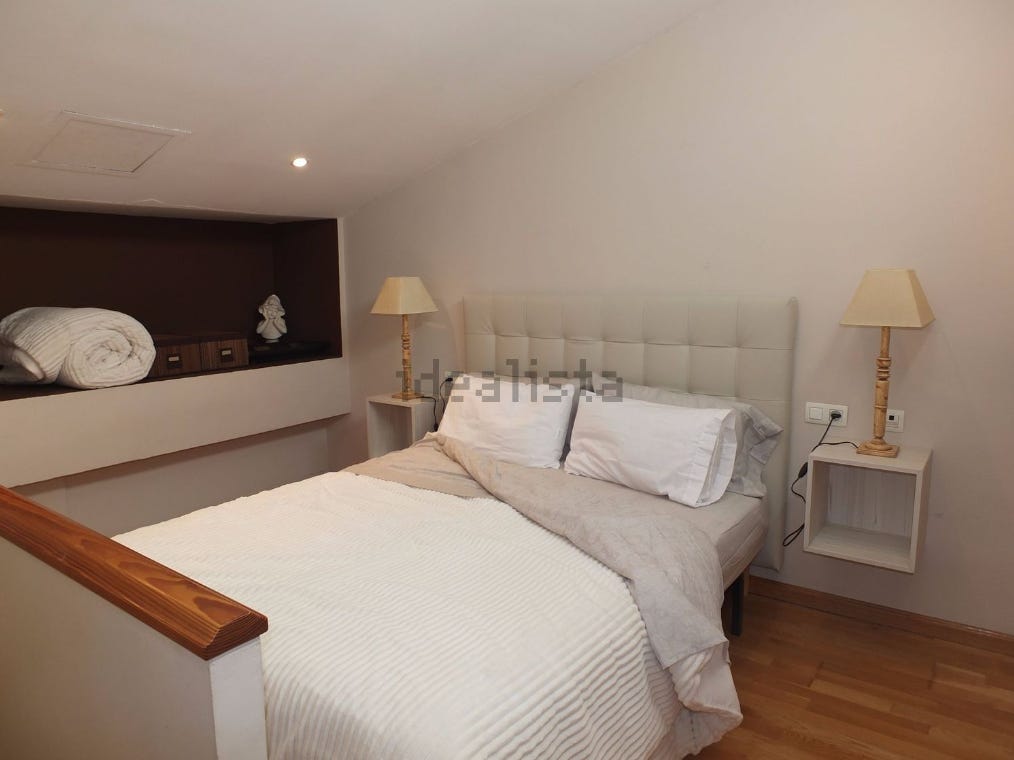Because I have been posting a lot lately. And because I intend to keep up the pace. And because it’s a long holiday weekend in the United States that might have people on different schedules …
I’m using Sunday to update you on the last handful of Living The Semi-Retired Life posts. Meant to keep paid subscribers abreast of the action. And entice free subscribers to upgrade.
But, don’t worry, there’s also several bits of new content after the review.
When you compare and contrast what I’m talking about like I did with these two diametrically opposed examples, you come to the conclusion that there’s not much difference between extreme (the stock example) and obvious (consensus) strategies.
Sometimes neither work. They just don’t work in different ways.
As you get older and grapple with your mortality, you do more of this. At least I am. But, by and large, I am still focused on positioning my 48-year old self to be better situated when I’m 50. At 50, I’ll consider the next couple of years and go from there. I’ll keep taking it in two-year spurts. If I make good plans and, with lots of luck and a little skill and savvy, execute them, the cumulative effect of all those two-year periods will hopefully set me up to be in pretty good shape by the time I’m 78.
Big cities in Spain are more conducive to—in fact, they’re built for—leading a more laid back semi-retired life than Los Angeles because of their focus on a built environment built around people, bikes and public space. It doesn’t hurt that living in, say, Valencia costs a fraction of what it costs to live in Los Angeles (or much of America for that matter), even if you maintain a low cost of living.
Melisse and I will be applying for the DNV.
It’s a relatively new visa with key points and requirements that—for a self-employed person—look like this:
Income of €30,240 per year (for one person) plus €11,340 (for an extra person).
A minimum 3-month relationship with a freelance client and a 1-year or open-ended contract with this client.
Professional qualifications to carry out this work or 3 years of experience.
Permission from this client to work in Spain.
Results so far from the two poll questions contained in this installment:
76% of respondents say no, they don’t have $1,000,000 saved yet.
53% say yes, they will, someday, have $1,000,000 saved.
I mean, if you’re telling me all I have to do is pay attention, read and tap a few buttons to save $19.62, I’d be crazy to not do it.
In this article, I discussed opening a Wise account as a step on the road to Spain:
Wise is basically an online account where you can keep money in a variety of currencies. You can convert it between different currencies for—from what I gather—a reasonable fee. Pay $31 (I think) and it becomes a functioning back account with routing numbers, an account number and—important for me—the ability to receive payments from the payment processor both Substack and Medium use.
I don’t do this often because it usually makes me cringe. But I have a referral link for Wise. Use it if you think this type of account makes sense for you.
To my surprise, someone utilized my referral link. So there it is, in case Wise makes sense for you.
So there you go.
The other day, I made this post to Substack Notes—
Sense of community—as I discovered in college—is a well-researched psychological construct. Way back in 2008, I published an academic journal article applying sense of community to urban settings:
Creating “community” has long been a goal of urban planners. Although such rhetoric abounds in planning circles, what it all means is unclear. In this article, the authors review the community psychology and urban planning literature, defining sense of community within the context of how the built environment might facilitate or impede it. They then present their research, which tests the effects of “main street” on sense of community in four San Francisco neighborhoods. Results indicate that respondents in neighborhoods exhibiting characteristics of a main street town (Bernal Heights and West Portal) have significantly higher sense of community than do respondents from a high-density neighborhood (Nob Hill) and from a more suburban-style city neighborhood (Sunset).
DON’T pay for the article at the journal’s website. Here's a link to a PDF copy.
The things we discuss in this newsletter—and my subsequent and more recent desire to move to Spain—didn’t just spring up overnight. They have been percolating for quite some time. While moving to Europe might be the current hot trend or flavor of the day fad, for me and my partner, it’s about wanting to live day-to-day life in a setting that better aligns with our values and preferences and is more conducive to a healthy and appropriately social way of life.
I’ve been thinking—and borderline obsessed with this shit—basically since I moved to San Francisco in 1999. And it just dawned on me that I moved to California over Labor Day weekend in 1999. So I have lived in the state for 24 years. Half of my life!
In the next few newsletter posts, more on semi-retirement as a lifestyle rather than a work arrangement and a look at what I hope our housing situation—from rent to own—ends up looking like in Valencia, Spain.
To that end, as I learn more about Spanish real estate, I was interested to see that duplex in Spain means something different than it does in the United States.
The apartment I lived in after I was born in—in 1975 Niagara Falls, NY—was a duplex. Meaning it was a two-unit property with side-by-side separate entrances. In our case, the two units were stacked vertically. We lived upstairs. The owner lived downstairs. They can also share a common wall and be side-by-side.
In Spain, a duplex—taking this from Idealista—is:
Living in a house in the city can have one big disadvantage: the lack of space. A duplex apartment, or a maisonette, could however be the solution, especially for families in search of more space. This type of property tends to be a two-storey flat with an internal staircase to connect the two floors. If you are looking for a bigger property at a good price, a duplex may be the ideal solution for you.
Like the example above and below.
I could see Melisse and I living in a duplex.
Time will tell!














In love with the simplicity of the living room in the image. There is simplicity and stark. I currently live in stark aka empty. It seems ridiculous to invest in furniture and wall-coverings to make a home when this isn't the end game. We do have plants - that helps a little bit.
Thank you for putting this together. I am catching up from a busy week and missed a few. The duplex looks just amazing and simple. In the UK, they call it a loft.. living areas on the first floor, open stairs to the bedroom(s) on the second floor that usually have the roof line shaped ceilings. Then it is attached (multiple common walls), semi-detached (one common wall), and detached (stand alone house). I didn't mean to get carried away, I just love all the differences in language and meanings for things.